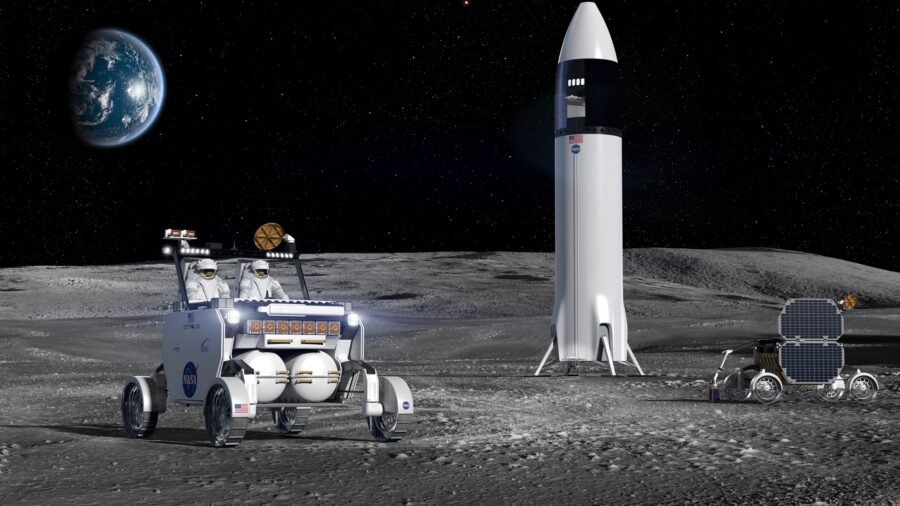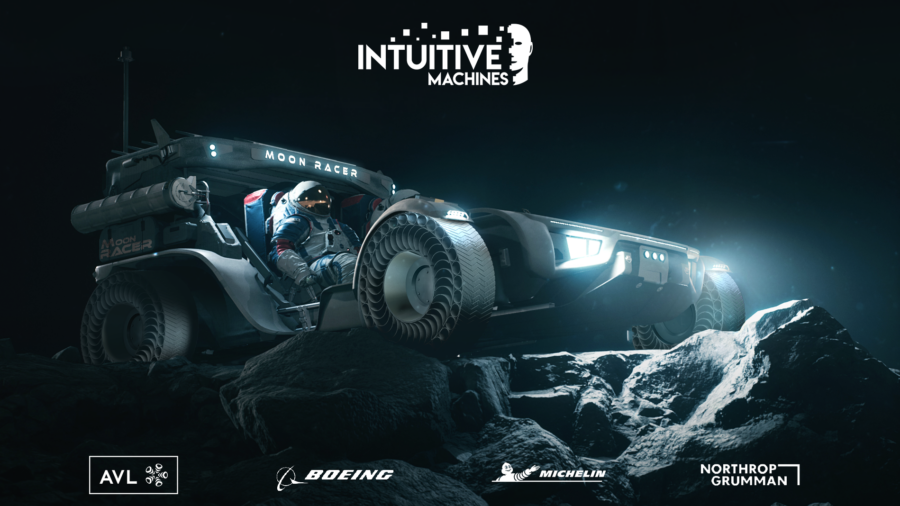- NASA has selected three firms to build the next generation of lunar terrain vehicles.
- The agency has selected Lunar Dawn, Flex and Moon RACER to move forward with proposals for a lunar vehicle.
- The vehicle will be used for transport as well as autonomous missions when there is no crew on the Moon.
Earlier this year NASA decided to delay the launch of its next two Artemis missions which would ultimately see humans return to the Moon.
But NASA is already looking further afield to the Artemis V mission, the third landing on the surface of the Moon and the delivery of a lunar lander. The space agency this week announced the three firms it has selected to build the next lunar vehicle.
“NASA has selected Intuitive Machines, Lunar Outpost, and Venturi Astrolab to advance capabilities for a lunar terrain vehicle (LTV) that Artemis astronauts will use to travel around the lunar surface, conducting scientific research during the agency’s Artemis campaign at the Moon and preparing for human missions to Mars,” NASA wrote in a release.
All three providers will begin a feasibility task order to develop a system that meets the space agency’s requirements. Thereafter a provider will be selected to perform a demonstration mission whether they will be required to deliver the rover to the Moon’s surface to test its performance and ensure its safe.
The proposed rovers showcased by the providers sound like a band of superheroes. Lunar Outpost’s is the Lunar Dawn, Venturi Astrolab has the FLEX and Intuitive Machines has the best name of all in Moon RACER.



These vehicles will need to be actual superheroes as they will need to endure the harsh conditions of the Moon’s Southern-most pole. This region is – more often than not – a death sentence for any technology sent there. This is because the region is rarely ensconced in sunlight which is needed for power. As such power management will be a key feature for these rovers.
Furthermore, the rovers will need state-of-the-art communications and navigation systems as well as the ability to drive autonomously.
“We will use the LTV to travel to locations we might not otherwise be able to reach on foot, increasing our ability to explore and make new scientific discoveries,” said Jacob Bleacher, chief exploration scientist in the Exploration Systems Development Mission Directorate at NASA Headquarters in Washington.
“With the Artemis crewed missions, and during remote operations when there is not a crew on the surface, we are enabling science and discovery on the Moon year around.”
Technology has advanced in leaps and bounds since the first rovers landed on the Moon. That doesn’t mean that creating, landing and operating a vehicle on the lunar surface is going to be easy. We’re sure that the trio of firms will draw on information gleaned from rovers exploring the Martian surface to create their vehicles.
Humanity’s return to the Moon is in service of building a lunar base whereby NASA and other agencies can launch other missions further into the cosmos.

